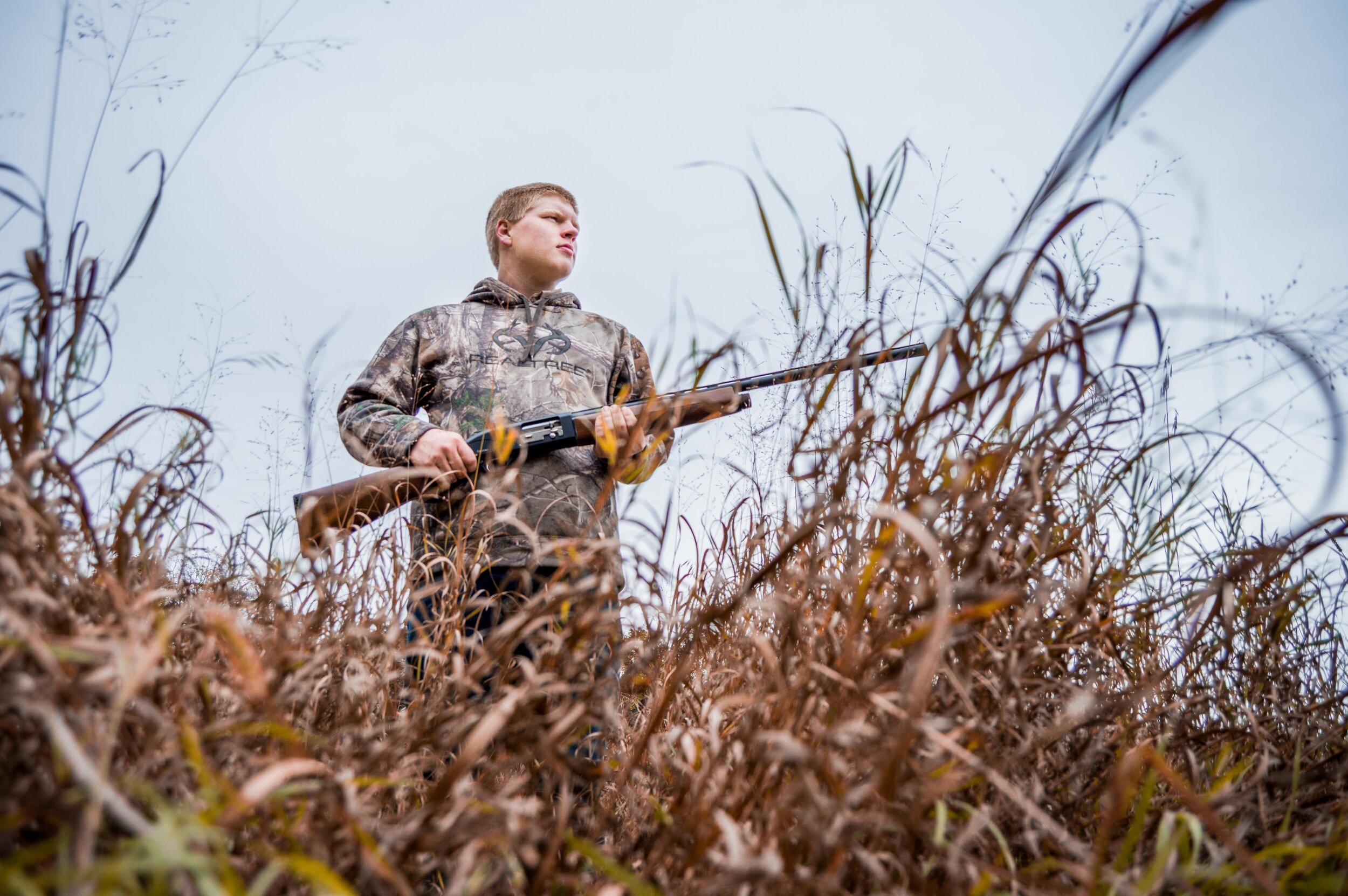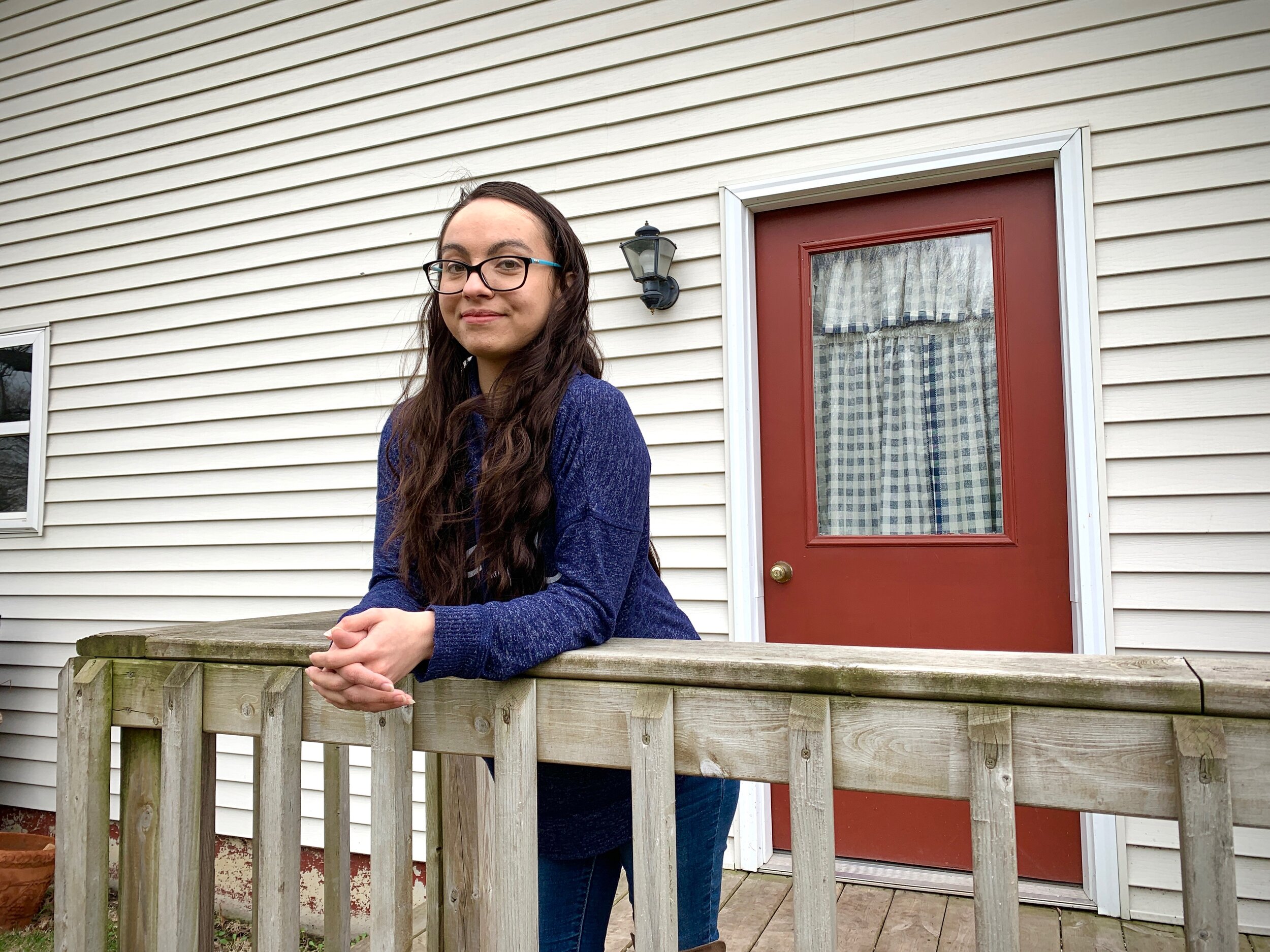You’ve heard that beauty is in the eye of the beholder, and as an Artist, I agree with this 100%. There is no single sure-fire way to determine what makes a good photo, but there are consistencies in popular paintings and photos. The human eye is attracted to certain things, but what I like to look at is going to be different from what other people like to look at. These are a few things that I personally love in photographs.
1. Parallels in Composition
I love finding synchronicities in landscapes. The boulder here on the beach parallels the mountains behind it. Finding these parallels requires an observational and artistic eye, but when you find them, it brings your art to a new level and adds interest. One photographer I really look up to is Nigel Danson. His photos often include these compositional parallels. He also creates relaxing and informational videos on YouTube that anyone (even those who aren’t photographers) can enjoy!
2. Black and White - High Contrast
High contrast in black and white can be dramatic and impactful. This photo of my dog, Iris, pulls you right in. Most of the photo is shadow, but there are a few highlighted areas, like the light from the window in her eyes and the few defined areas of her fur. Although you can’t see her whole face, it shows the interest and curiosity in her personality. Michael Schlegel is a fantastic Black and White Photographer.
3. Creative Cropping
Creative cropping is a way to add interest or tension into your photos. To the untrained eye, it can look weird or out of place. I, however, love to include this technique not only in my landscape photos, but also my portraits. It does look a little weird, but it sets photos apart from the others. A great example of this technique is a portrait of Igor Stravinsky by Arnold Newman.
4. Unusual Angles
It’s okay to get weird with it. I took this photo by laying on my back and holding my camera upside down because I couldn’t get low enough. I think it’s important to think outside of the box and shoot at every angle you can think of. We only know what we see, and what we usually see is at our eye level. Photos taken at angles beyond eye level create a novel experience and make them more interesting. Dimpy Bhalotia, a well-known street photographer, understands this concept and she uses it often.
Photography is an Art, and I feel like that gets forgotten sometimes. It’s turned into a commodity for advertisements. It has become the pinnacle of social media. For many people, photography has lost its meaning because everyone has access to a camera, with an unlimited amount of “film.” I implore you to take the time to observe some photos, and decide what you really like in a photo. You’ll be surprised what you can find when you take your time to look.















